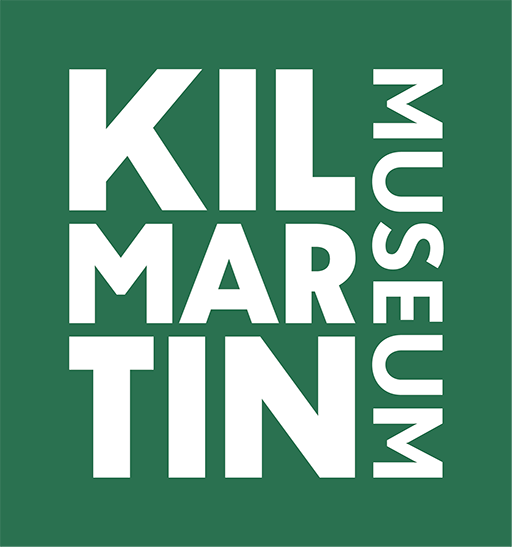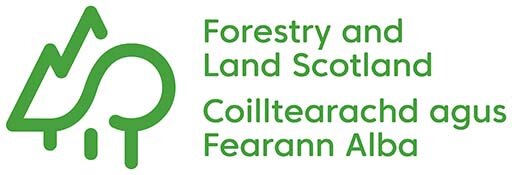Founding the Museum
Kilmartin House Trust was founded in the early 1990s by Rachel Butter and David Clough to create a centre to celebrate the incredible archaeology in Kilmartin Glen. After many years of hard work, much of that voluntary, the Museum (known then as Kilmartin House Centre for Archaeology and Landscape Interpretation) opened its doors to the public in 1997.
Exploring the archaeology of Mid Argyll
Kilmartin Glen's extraordinary archaeology was first noted around 1700 when Edward Lhuyd made notes and sketches of the Kintraw Standing Stone and Cairns. Later, in the 1860s, noted antiquarian Cannon Greenwell excavated a number of monuments and in doing so, unearthed some of the number of the most important Neolithic and Bronze Age artefacts in Britain.
Marion Campbell
The first systematic field survey of Mid Argyll was carried out by amateur archaeologist Marion Campbell and her companion Mary Sandeman. They noted cairns, standing stones, and forts that were of interest for further archaeological study. Marion Campbell was passionate about unearthing the ancient history of Argyll and making it accessible to everyone. On her death in 2000, she bequeathed her collection of artefacts, library books and archives to the Museum.
The Marion Campbell Library
The Marion Campbell Library, which opened in the early 2000s, contains her collection of archaeological literature. The nature-inspired furniture by Martin Murphy is a draw in its own right. From Marion’s generous founding collection has come decades’ worth of research, outreach and education focused on revealing the internationally important nature and culture of the Glen.
The Museum 1997-2020
Situated in Kilmartin village at the northern end of the Glen, the Museum has been interpreting, explaining, and preserving the heritage of this incredibly important ancient landscape ever since. Channel 4 Time Team’s Sir Tony Robinson brought the Museum to national attention and established its unique nature. He noted, “How many museums can you go to where you can examine a Bronze Age pot and look out of the window and see the burial mound where it came from?”. This attention became officially recognised in 2019 when Museums Galleries Scotland awarded Nationally Significant Collection status to just over half of the 22,000 artefacts in the Museum’s care. This “Prehistoric Collection” is therefore acknowledged by the Scottish Government to have played an integral role in shaping the culture and narrative of Scotland’s story.
The Museum from 2020 to the present day
In 2020, following a long but successful fundraising campaign, the Museum closed for a major redevelopment of the galleries and facilities for our visitors. We also wanted to create a space for the celebrated Education Service and fit for purpose, future-proof, storage of our ever-growing collections of ancient artefacts. Reopened in September 2023, Kilmartin Museum now boasts a much expanded and up-to-date exhibition that displays and explains amazing discoveries as well as showcasing our Nationally Significant Collection. Highlights include some of the earliest Beaker pots in Scotland and quartz hammerstones, which have revolutionised interpretations of Neolithic rock art. The remains of a Bronze Age woman are displayed alongside a reconstruction of what she might have looked like. We are particularly thrilled to be able to borrow artefacts from other Museums, including a beautiful jet necklace discovered in the Glen, which is on loan to us from National Museums Scotland. Also new to the Museum are state-of-the-art audiovisual displays, special exhibition spaces – presently displaying work by local artists – and a renovated café which will open in 2024.
Kilmartin Museum is a working museum, and just after re-opening, we wasted no time getting back out into the Glen to begin a new excavation project to investigate nearby rock art. Information about the many excavations undertaken by the Museum over more than a decade can be found here. We are also developing further storytelling visuals and video content to help bring to life the stories of our ancestors.




















